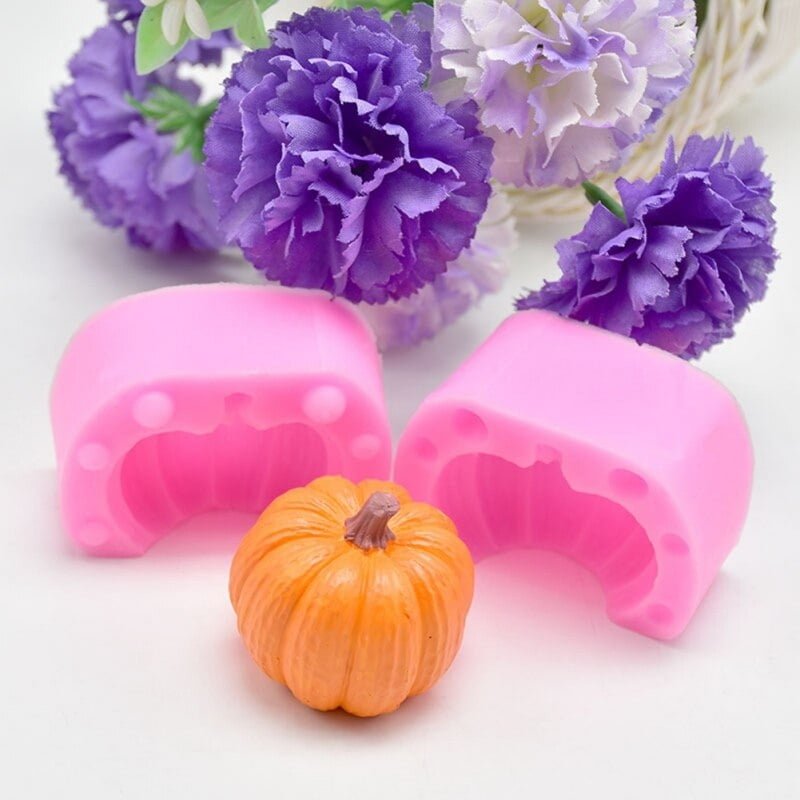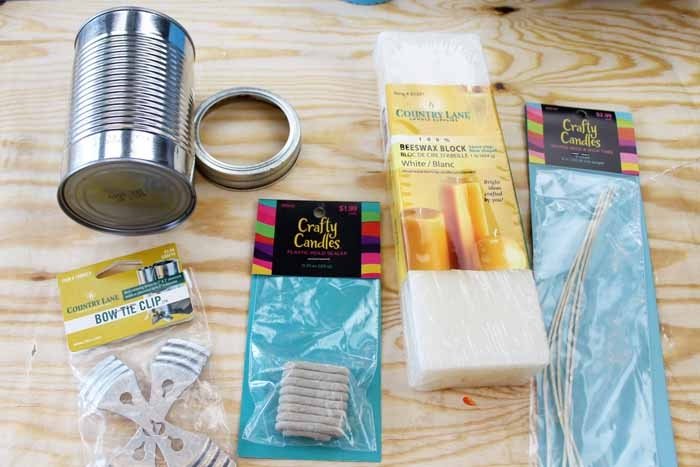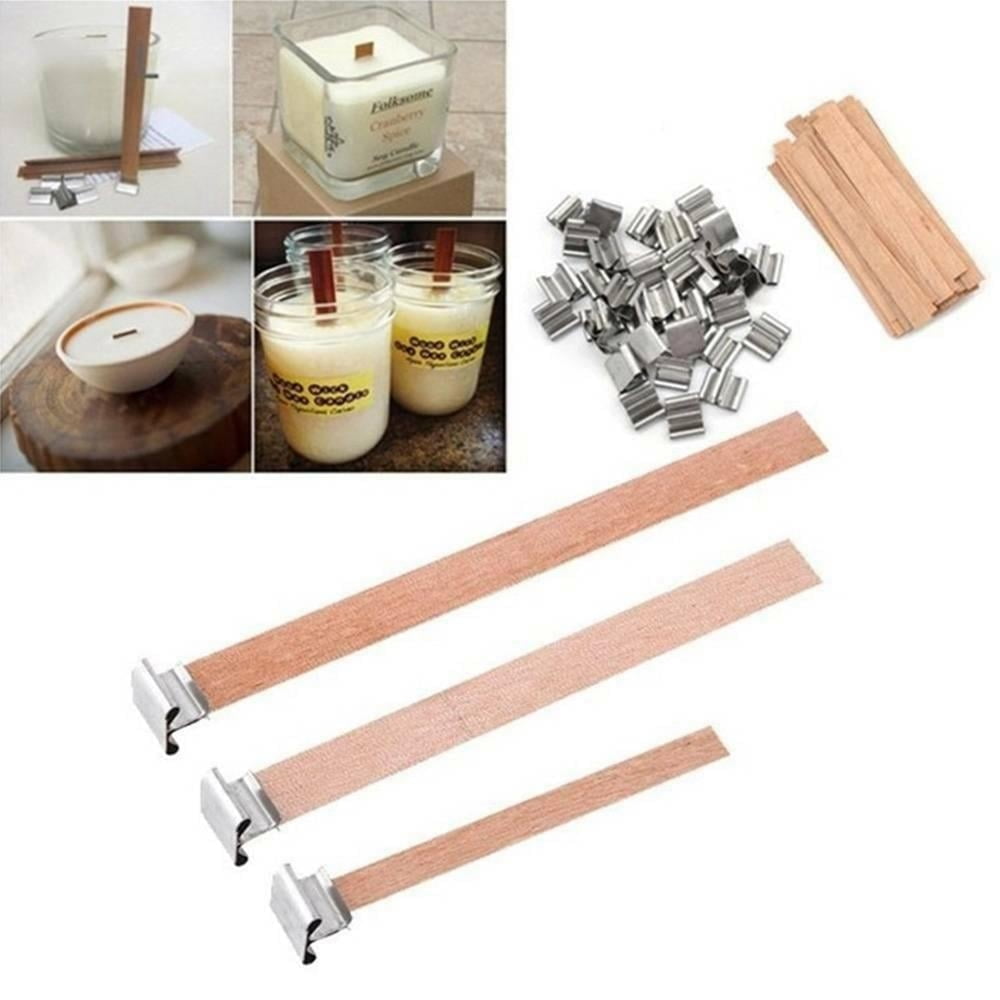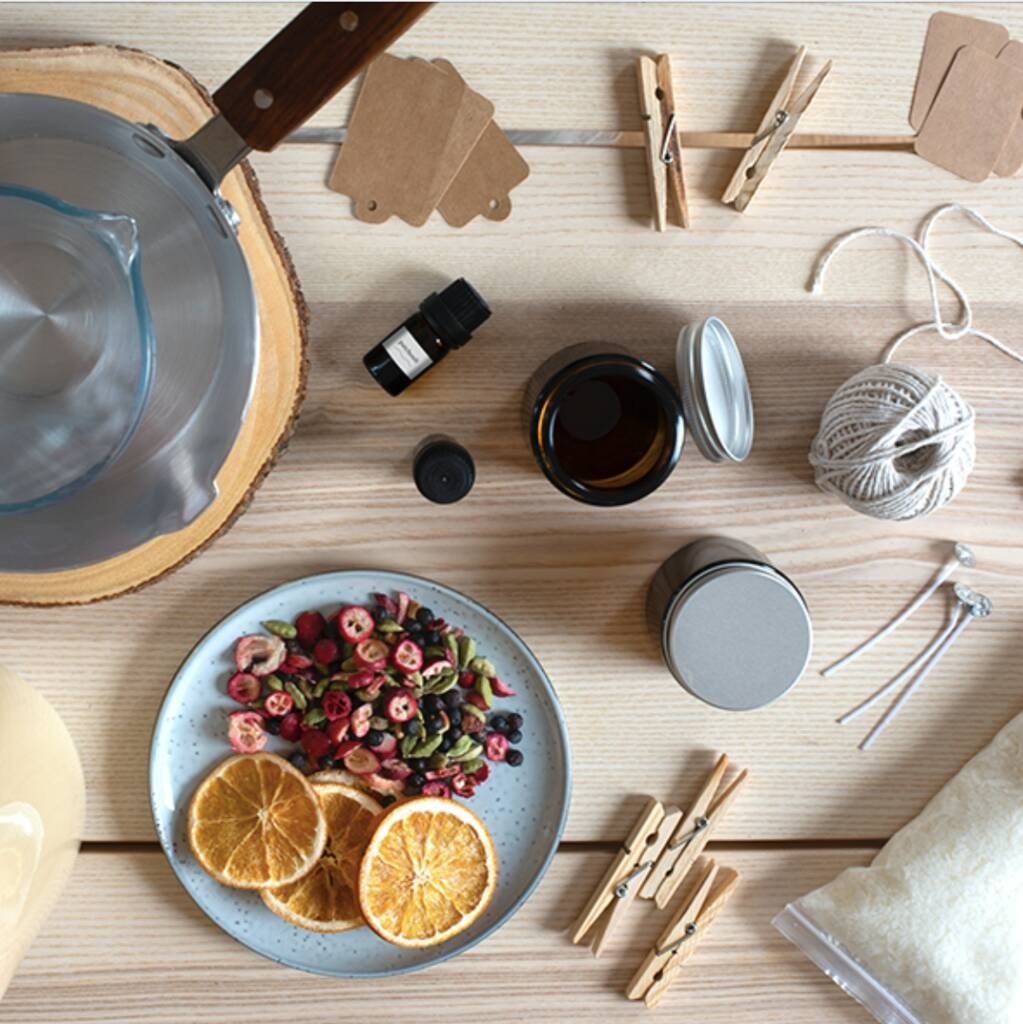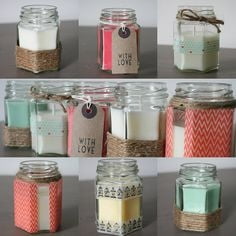Candles are a popular way to add ambiance to a room, and they can also be used to make a space feel more cozy or romantic. However, when a candle is finished, the leftover wax can be difficult to remove from the jar. In this article, we will provide a few tips for how to refill a candle jar.
The first step is to remove the wick from the jar. To do this, cut the wick as close to the top of the jar as possible. If there is still a lot of wax left in the jar, you can also break it up into smaller pieces using a spoon or a butter knife.
Next, melt the wax. You can do this using a microwave or a stovetop. If you are using a microwave, be sure to use a microwave-safe container and heat the wax in short intervals. If you are using a stovetop, place a saucepan on the stove and melt the wax using low heat.
Once the wax has melted, pour it into the jar. You may need to use a spoon or a butter knife to help get the wax into all of the nooks and crannies. Then, reattach the wick to the jar.
Finally, let the wax cool and harden. This can take a few hours, so be patient. Once the wax has hardened, you can light the candle and enjoy!
Candle Components
When you light a candle, the heat of the flame melts the wax near the wick. This liquid wax is then drawn up the wick by capillary action. The heat of the flame vaporizes the liquid wax (turns it into a hot gas) and starts to break down the hydrocarbons into molecules of hydrogen and carbon. These vaporized molecules are drawn up into the flame, where they react with oxygen from the air to create heat, light, water vapor (H2O), and carbon dioxide (CO2).
The flame of a candle is about 1,500 degrees Fahrenheit, which is hot enough to vaporize the liquid wax and start to break down the hydrocarbons. In a typical candle, the flame is about an inch tall, and the wax around the wick is about three-quarters of an inch deep. This means that the flame is vaporizing wax from a depth of about three-quarters of an inch, and that the heat from the flame is reaching the wax about an inch and a half below the wick.
The flame of a candle is about 1,500 degrees Fahrenheit, which is hot enough to vaporize the liquid wax and start to break down the hydrocarbons.
The flame of a candle is fueled by the vaporized wax, and the heat from the flame vaporizes more wax. This creates a feedback loop, in which the heat from the flame vaporizes wax, which then fuels the flame and creates more heat. This is why a candle gets hotter as it burns, and why the flame of a candle can be so hot.
What To Do With Candles
Candles have been around for centuries, and their popularity is still going strong. People use candles for a variety of reasons, including to provide light, to create a relaxing atmosphere, and to make a statement. If you have candles and are not sure what to do with them, here are some ideas:
-Put them in a hurricane glass and use them as a center piece for your table
-Put them in a vase and use them as a centerpiece for your mantle
-Put them in a bowl and use them as a centerpiece for your coffee table
-Put them in a diffuser and use them to scent your home
-Put them in a jar and use them as a night light
-Put them in a Mason jar and give them as a gift
-Put them in a votive holder and use them to light your way
-Put them in a tealight holder and use them to light your way
-Put them in a cake or tart tin and use them to make a candle cake or tart
-Put them in a jar and use them to make a candle lamp
Soy Candle Ingredients
The first soy candle ingredient is the soy wax. Soy wax is made from 100% soybeans and is a natural, renewable resource. It is also biodegradable and environmentally friendly. Soy wax is non-toxic and does not release harmful toxins into the air like many other types of candles. It also has a lower melting point than other waxes, so it burns slower and emits less soot.
The second soy candle ingredient is the fragrance oil. Fragrance oils are made from natural or synthetic ingredients and are used to scent candles. They come in a variety of scents, including floral, fruity, and woodsy scents. Fragrance oils are also non-toxic and do not release harmful toxins into the air.
The third soy candle ingredient is the dye. Dyes are used to add color to candles. They come in a variety of colors, including red, green, blue, and purple. Dyes are also non-toxic and do not release harmful toxins into the air.
Candles Making
Candles making is an art form that has been around for centuries. It is a way to create a beautiful and functional object from simple materials.
The first step in making a candle is to gather your supplies. You will need a container to hold the wax, wicks, a heat source, and scent (optional). The container can be anything from a mason jar to a fancy candle holder. The wicks can be purchased at a craft store, or you can make your own from cotton string. The heat source can be a stovetop, a microwave, or an electric burner. The scent can be anything from vanilla to citrus.
Once you have your supplies, you will need to decide how large you want your candle to be. You will need to calculate the amount of wax needed based on the size of your container and the thickness of your wicks. The wax can be either purchased pre-made or made from scratch.
To make the wax from scratch, you will need to melt down some beeswax and soy wax. The ratio of beeswax to soy wax can vary, but a good starting point is 1:3. Once the wax is melted, you can add the scent and any other additives.
Once the wax is ready, you will need to dip the wicks in to the wax. You can do this by hand or use a dipping tool. Be sure to fully submerge the wicks in to the wax.
Next, you will need to attach the wicks to the container. You can do this by using a hot glue gun, or by tying them in to a knot.
Now, it is time to let the candles cool. Once they are cool, you can light them and enjoy!

Welcome to my candle making blog! In this blog, I will be sharing my tips and tricks for making candles. I will also be sharing some of my favorite recipes.

